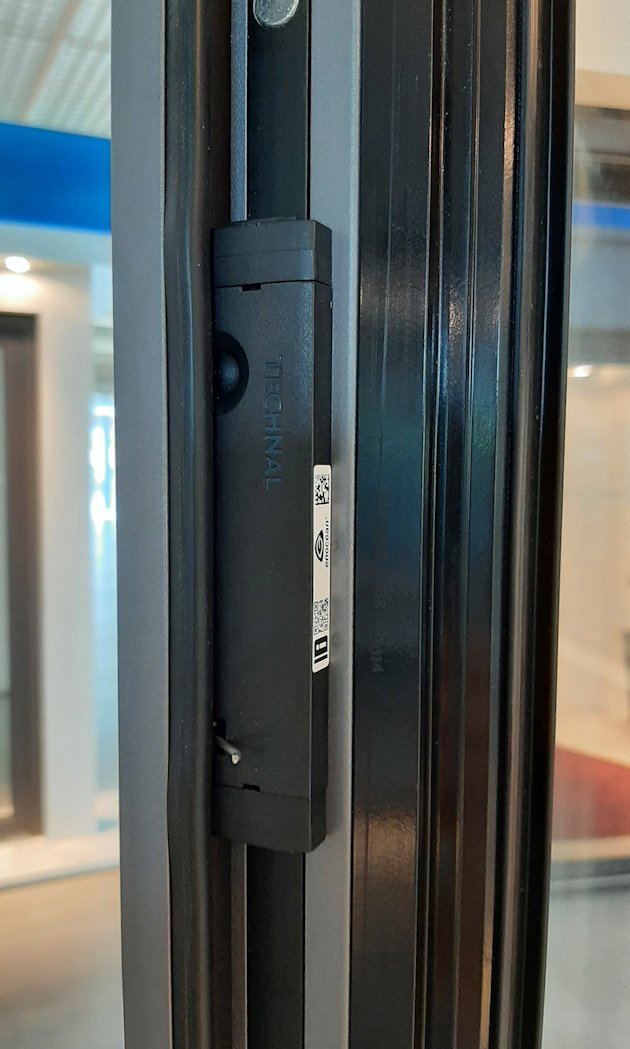A window sensor that makes opening and closing windows simple and sustainable
It is important to know if a window is open or closed, whether for security or energy management reasons. But the automated solutions I’ve seen seem to require wiring or batteries, and are either tricky to install or are aesthetically questionable. Or both. Is there a better way to handle this issue?
There are times in our daily lives when it is nice to know whether your windows are open or closed. For instance:
- If a storm is coming and you're not home, to know whether any of your windows are open
- If someone opens the window in a heated room in winter, or in an air-conditioned room in summer
- If someone tries to break into your home through a door or window, you want to know as quickly as possible
Yes, some solutions are available today. But as I mentioned, most require wiring, and this can sometimes be a bit tricky, especially with existing windows. Other devices operate with a battery and thereby require regular user intervention for replacement. In addition, these devices are typically very generic and their installation is not optimized. And they are aesthetically questionable.
Wireless and energy self-sufficient window sensor
I’ve participated on a project team that designed a wireless window sensor that is self-sufficient in terms of energy.
The window sensor can be installed easily, in just seconds, into the groove of the sash of any new or old window, with two locking pieces that plug into the end of the sensor housing. It is unobtrusive and nearly invisible when the window is closed.
A window sensor that powers itself
The window sensor has a torsion spring, an energy-generating component and a radio micro-controller. Those are its three main parts.

This is how it works: When the sash is closed or opened, a torsion spring is activated and actuates the power generator, operating on the principle of electromagnetic induction. The variation of the magnetic field of a coil, with a magnet, for example, produces an induced electric current. Like in a bicycle dynamo!
The small amount of energy generated in this way, is sufficient to power a processor and an emitter using the very low-energy consuming protocol EnOcean.
Simple to start up
From the interface of your gateway – this must be compatible with the EnOcean protocol – you need to indicate that you have added an equipment. Open the window to generate a message for pairing, then name the new equipment. Such as "Opening sensor kitchen."
Now, each time the window is closed or opened, the information will be sent to the gateway for use by a Building Management System (BMS) or an alarm system. And then it is up to you to choose whether you wish to be notified through an application on your smartphone.








